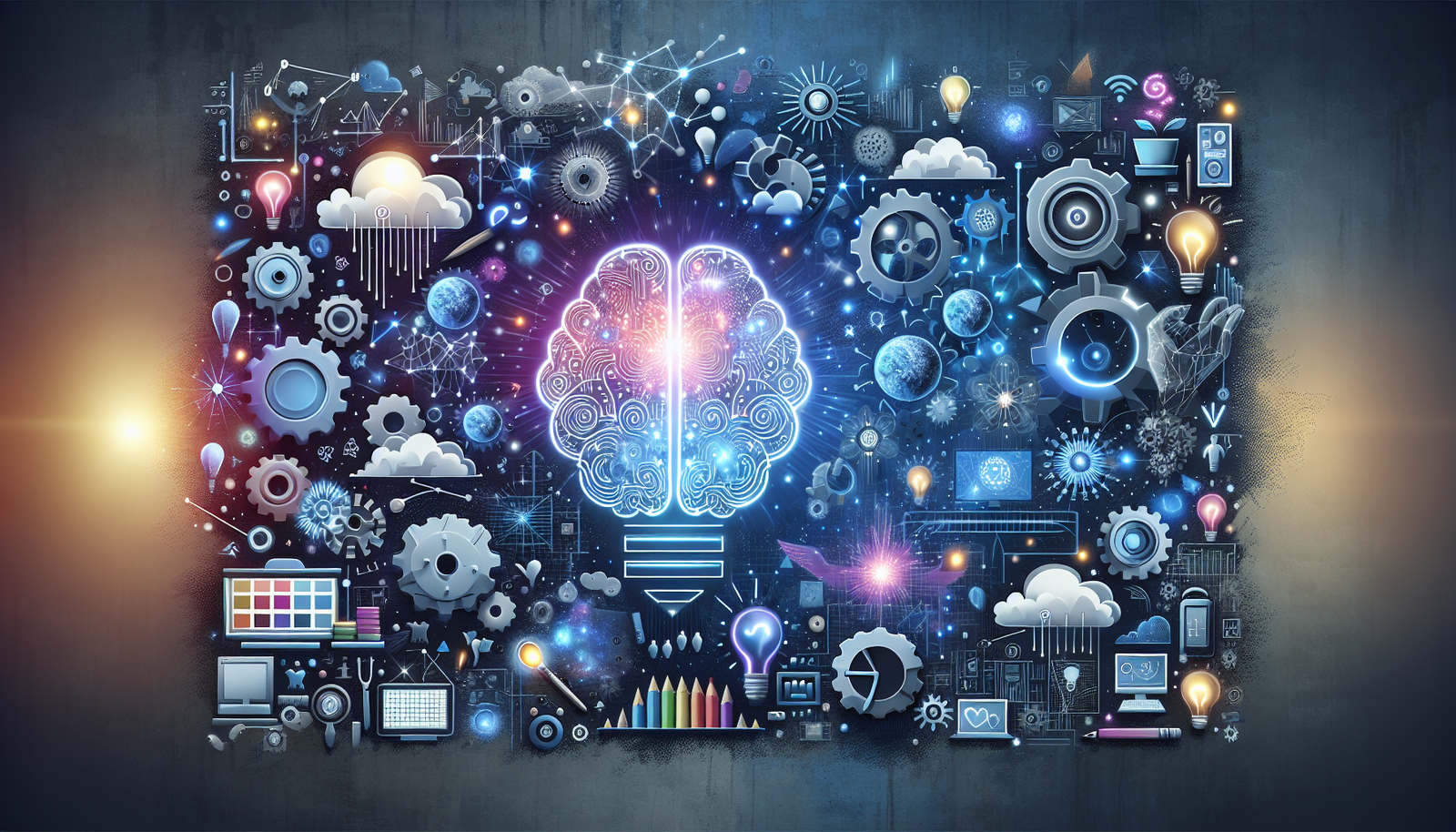Artificial Intelligence in the Service of Productivity and Creativity
The introduction of artificial intelligence in professional environments redefines traditional paradigms. Optimizing processes becomes an imperative for any organization eager to stand out. Creativity, often hindered by redundant tasks, finds a new boost thanks to these technologies. Companies must understand how to skillfully maneuver between innovation and productivity to ensure a leadership position. Relying on AI as a strategic ally allows for a profound transformation in the way collaborators and tools interact. Each interaction enriches the collective, giving meaning back to essential missions.
Artificial Intelligence as a Personal Assistant
Transforming artificial intelligence into an indispensable personal assistant requires a proactive approach. Experimenting with its various functionalities helps identify relevant uses within each organization. Writing, data analysis, and project management are among its many applications. Adopting a testing and continuous learning approach is essential to grasp both the advantages and limitations of AI.
This gradual integration facilitates the distinction between automatable tasks and those requiring human intervention. Employees optimize their workflows, increasing value and creativity.
Automation to Focus on What Matters
Companies need to tackle repetitive tasks that consume valuable time. AI offers an effective solution by automating these time-consuming processes. Sorting emails, formatting documents, and producing reports become low-value-added activities.
Freeing up these resources allows collaborators to focus on strategic missions. Productivity improves, giving renewed meaning to work. Advanced technological solutions capable of searching for information across multiple sources represent an undeniable asset for modern companies.
A Catalyst for Creativity
Artificial intelligence goes beyond the mere role of an optimization tool; it transforms into a true engine of creativity. Experiments, such as the “Alternative Uses” test, show that models like GPT-4 outperform 90% of human participants. In professional settings, these capabilities translate into valuable support during brainstorming and ideation sessions.
AI stimulates the search for impactful titles, the design of illustrations, and the identification of new products. By presenting a multitude of avenues, AI enriches the creative process and broadens the horizons of teams.
Continuous Learning to Adapt
The rapid advancements in artificial intelligence impose a need for constant learning. Today’s innovations become tomorrow’s standards. Adopting a hybrid approach where humans and AI collaborate enhances companies’ agility in the face of market changes.
Integrating these skills now offers optimal preparedness for future transformations. The regular use of AI tools, while understanding their mechanisms, serves as a lever to increase not only productivity but also the creativity of teams.
Overcoming Blocks and Rapid Problem Solving
AI proves particularly effective in overcoming obstacles such as writer’s block. When a project encounters delays or blocks, AI can propose drafts and reframe problems from new angles. This supportive role facilitates hypothesis formulation and opens up new perspectives.
The proposed solutions, while sometimes not directly usable, provide relevant starting points, thus accelerating decision-making. In a constantly evolving economic environment, this dynamic becomes an essential asset.
The emergence of AIs such as DeepSeek illustrates the transformative potential of AI tools. These systems seek to integrate discreetly while delivering high-value services.
The experimentation with tools like those from HuffPost also demonstrates companies’ willingness to adapt and leverage these technological advancements.
The strategic use of artificial intelligence transforms organizations. Companies must seize every opportunity to redefine and optimize their work organization. Artificial intelligence places innovation at the heart of concerns, facilitating smooth and effective collaboration between man and machine.
Frequently Asked Questions
How can artificial intelligence improve productivity at work?
Artificial intelligence optimizes routine processes by automating repetitive tasks, allowing employees to focus on higher-value missions. It also facilitates project management and data analysis, improving the overall efficiency of the company.
What types of tasks can be automated with AI?
The most commonly automated tasks include sorting emails, formatting documents, producing reports, and searching for information. AI can also manage administratively burdensome tasks, freeing up time for strategic activities.
How can AI stimulate my team’s creativity?
AI can generate new ideas, suggest original angles, and support brainstorming phases. For example, by using AI tools to propose impactful titles or identify new products, it enriches the creative process and opens new perspectives.
What is the role of an experimentation approach with AI in a work environment?
An experimentation approach allows for exploring AI’s capabilities and adapting them to the specific needs of an organization. By testing various features and learning from the experience, collaborators can optimize their use of AI and better integrate its benefits into their daily activities.
How can I train my team to use AI and its tools?
It is essential to integrate continuous training on AI into professional development. Encouraging a learning culture, where teams interact with these tools and understand their mechanisms, can enhance their agility and preparedness for technological evolution.
Can AI help overcome creative blocks?
Yes, AI can facilitate the transition between idea and execution by suggesting alternatives or reframing problems. It helps structure thinking, which is particularly useful when a project is slow to start or thought processes are stagnant.
Will AI replace human jobs in the future?
Rather than replacing jobs, AI aims to complement and enhance human capabilities. It allows collaborators to refocus on strategic and creative tasks, thereby improving the added value of their work and their contribution to the company.
How to choose the most suitable AI tool for my company?
To choose the most suitable AI tool, it is crucial to analyze the specific needs of your organization, assess the tool’s features, and ensure that it integrates well into your existing processes. A testing phase is also recommended before large-scale deployment.






